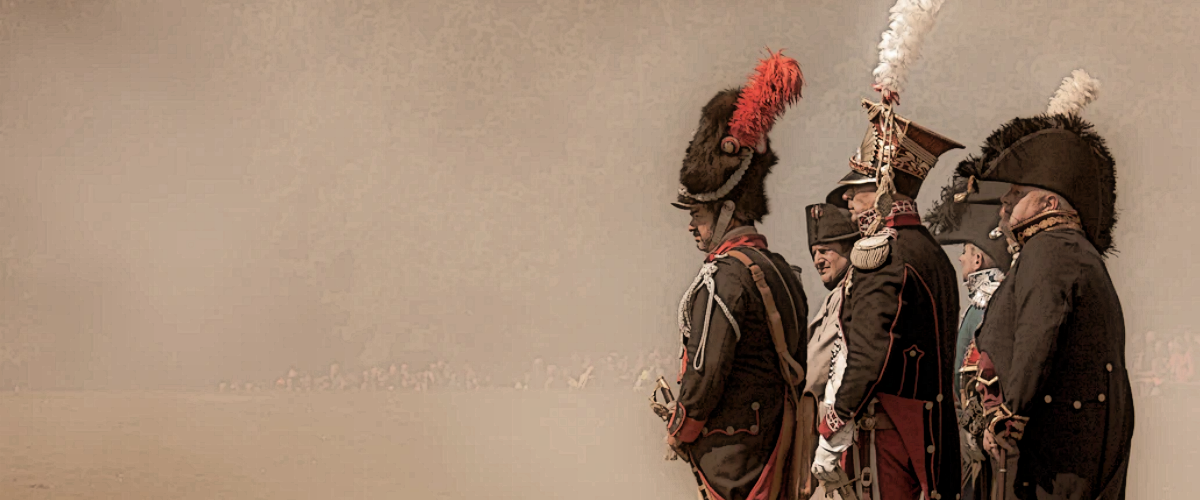Wyvern
Wyverns are medium-sized reptiles that are capable of flight. They very much have lizard brains, so domestication has not been successful. They tend to live in extremely high altitude locations. They nest near the peaks of mountains, as the eggs require a shockingly low temperature to incubate.
Etymology
The genus name of dragons — Draconis — comes from Latin for "dragon". The species name — vesper — comes from the Latin for "wasp", in reference to wyverns' nasty dispositions.
Subspecies
There are four subspecies of Wyvern. The most populous of these four subspecies is the [DRAUSK WYVERNS] in the tall mountains of southern Drausk. The least populous of the four is the [ADRAUSII WYVERNS] found exclusively in a very small area in north-western Adraus.
Temperament
Most, if not all, wyverns have an extremely aggressive disposition and will attack most non-wyvern creatures on sight. Wyverns will hunt for pleasure as well as food. They are known to be quite vicious with their quarries, torturing them for hours before eventually ending their lives.
Appearance
All wyverns have certain features in common. These include one head, a pair of wings, a pair of hind legs, and a tail. Most wyverns also have horns on their head and sharp barbs along their spines. Wyverns are covered in hard scales and most have sharp talons on their toes.
Reproduction
Wyverns are a sexually-reproducing, oviparous species. They lay up to 6 eggs per clutch, although only between 2 to 4 eggs ever hatch in larger clutches, and only 1 or 2 offspring usually survive to adulthood. Wyverns have no set mating season and no heat cycle; they are constantly fertile, although older female wyverns will resist any males' attempts to mate.



Comments